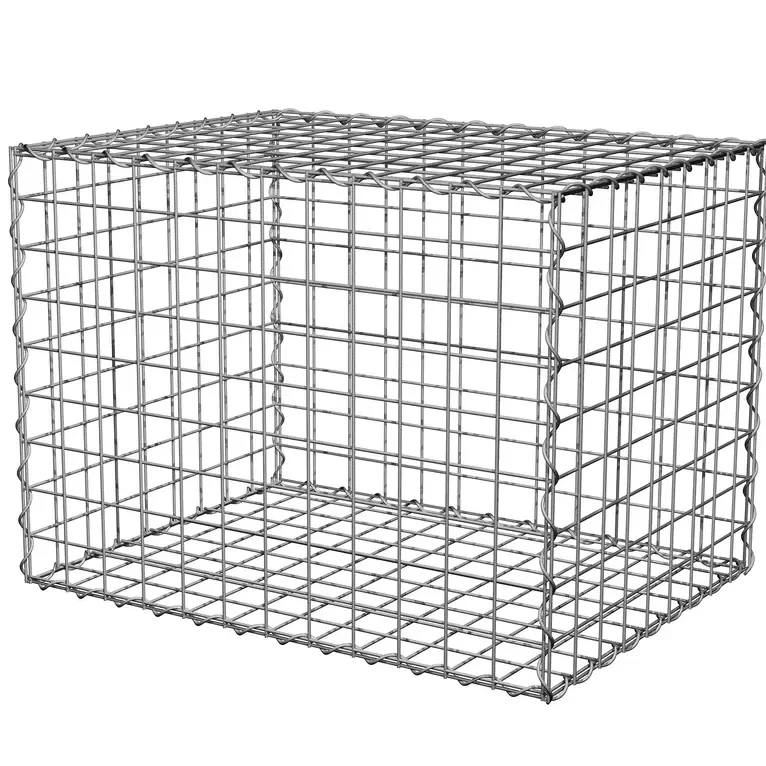-
 Afrikaans
Afrikaans -
 Albanian
Albanian -
 Amharic
Amharic -
 Arabic
Arabic -
 Armenian
Armenian -
 Azerbaijani
Azerbaijani -
 Basque
Basque -
 Belarusian
Belarusian -
 Bengali
Bengali -
 Bosnian
Bosnian -
 Bulgarian
Bulgarian -
 Catalan
Catalan -
 Cebuano
Cebuano -
 China
China -
 Corsican
Corsican -
 Croatian
Croatian -
 Czech
Czech -
 Danish
Danish -
 Dutch
Dutch -
 English
English -
 Esperanto
Esperanto -
 Estonian
Estonian -
 Finnish
Finnish -
 French
French -
 Frisian
Frisian -
 Galician
Galician -
 Georgian
Georgian -
 German
German -
 Greek
Greek -
 Gujarati
Gujarati -
 Haitian Creole
Haitian Creole -
 hausa
hausa -
 hawaiian
hawaiian -
 Hebrew
Hebrew -
 Hindi
Hindi -
 Miao
Miao -
 Hungarian
Hungarian -
 Icelandic
Icelandic -
 igbo
igbo -
 Indonesian
Indonesian -
 irish
irish -
 Italian
Italian -
 Japanese
Japanese -
 Javanese
Javanese -
 Kannada
Kannada -
 kazakh
kazakh -
 Khmer
Khmer -
 Rwandese
Rwandese -
 Korean
Korean -
 Kurdish
Kurdish -
 Kyrgyz
Kyrgyz -
 Lao
Lao -
 Latin
Latin -
 Latvian
Latvian -
 Lithuanian
Lithuanian -
 Luxembourgish
Luxembourgish -
 Macedonian
Macedonian -
 Malgashi
Malgashi -
 Malay
Malay -
 Malayalam
Malayalam -
 Maltese
Maltese -
 Maori
Maori -
 Marathi
Marathi -
 Mongolian
Mongolian -
 Myanmar
Myanmar -
 Nepali
Nepali -
 Norwegian
Norwegian -
 Norwegian
Norwegian -
 Occitan
Occitan -
 Pashto
Pashto -
 Persian
Persian -
 Polish
Polish -
 Portuguese
Portuguese -
 Punjabi
Punjabi -
 Romanian
Romanian -
 Russian
Russian -
 Samoan
Samoan -
 Scottish Gaelic
Scottish Gaelic -
 Serbian
Serbian -
 Sesotho
Sesotho -
 Shona
Shona -
 Sindhi
Sindhi -
 Sinhala
Sinhala -
 Slovak
Slovak -
 Slovenian
Slovenian -
 Somali
Somali -
 Spanish
Spanish -
 Sundanese
Sundanese -
 Swahili
Swahili -
 Swedish
Swedish -
 Tagalog
Tagalog -
 Tajik
Tajik -
 Tamil
Tamil -
 Tatar
Tatar -
 Telugu
Telugu -
 Thai
Thai -
 Turkish
Turkish -
 Turkmen
Turkmen -
 Ukrainian
Ukrainian -
 Urdu
Urdu -
 Uighur
Uighur -
 Uzbek
Uzbek -
 Vietnamese
Vietnamese -
 Welsh
Welsh -
 Bantu
Bantu -
 Yiddish
Yiddish -
 Yoruba
Yoruba -
 Zulu
Zulu
Feb . 11, 2025 11:47
Back to list
safety net building construction
Safety nets in building construction play an essential role in protecting workers and public safety, especially in high-rise or multi-story projects. Understanding the unique design, installation, and maintenance considerations can ensure that these nets function effectively.
Safety net systems are not merely passive protective measures but active components of a comprehensive safety strategy on construction sites. Integrating safety nets with personal fall arrest systems provides a multi-layered approach to worker protection. Training workers on the proper use of these combined systems fosters an environment of safety-first mentality. Beyond installation and maintenance, advancements in technology have opened up new possibilities for the use and efficacy of safety nets. Smart safety nets, incorporating sensors to monitor their condition and providing real-time alerts for maintenance, represent a future-forward approach. These systems can detect stresses beyond normal levels, providing early warnings and preventing potential accidents. Expert literature and case studies underline the importance of rigorous testing and adherence to best practices in developing a robust safety net system. Industry pioneers and leaders often publish case studies that detail specific projects, challenges encountered, and solutions implemented, offering valuable insights into the innovative application of safety nets. Collaboration with manufacturers and suppliers who are authoritative figures in the safety equipment industry is also crucial. Their expertise extends beyond product provision to offering in-depth industry knowledge, which aids in tailoring safety solutions to fit specific construction project needs. By placing an emphasis on Experience, Expertise, Authoritativeness, and Trustworthiness, stakeholders in the construction industry can effectively harness the benefits of safety nets. These key components ensure not only the safeguarding of human life but also the promotion of a safety culture that is sustainable and forward-thinking. Prioritizing these elements solidifies the overall safety strategy of any construction project, aligning it with modern safety expectations and technological advancements.


Safety net systems are not merely passive protective measures but active components of a comprehensive safety strategy on construction sites. Integrating safety nets with personal fall arrest systems provides a multi-layered approach to worker protection. Training workers on the proper use of these combined systems fosters an environment of safety-first mentality. Beyond installation and maintenance, advancements in technology have opened up new possibilities for the use and efficacy of safety nets. Smart safety nets, incorporating sensors to monitor their condition and providing real-time alerts for maintenance, represent a future-forward approach. These systems can detect stresses beyond normal levels, providing early warnings and preventing potential accidents. Expert literature and case studies underline the importance of rigorous testing and adherence to best practices in developing a robust safety net system. Industry pioneers and leaders often publish case studies that detail specific projects, challenges encountered, and solutions implemented, offering valuable insights into the innovative application of safety nets. Collaboration with manufacturers and suppliers who are authoritative figures in the safety equipment industry is also crucial. Their expertise extends beyond product provision to offering in-depth industry knowledge, which aids in tailoring safety solutions to fit specific construction project needs. By placing an emphasis on Experience, Expertise, Authoritativeness, and Trustworthiness, stakeholders in the construction industry can effectively harness the benefits of safety nets. These key components ensure not only the safeguarding of human life but also the promotion of a safety culture that is sustainable and forward-thinking. Prioritizing these elements solidifies the overall safety strategy of any construction project, aligning it with modern safety expectations and technological advancements.
Next:
Latest news
-
Shipping Plastic Bags for Every NeedNewsJul.24,2025
-
Safety Netting: Your Shield in ConstructionNewsJul.24,2025
-
Plastic Mesh Netting for Everyday UseNewsJul.24,2025
-
Nylon Netting for Every UseNewsJul.24,2025
-
Mesh Breeder Box for Fish TanksNewsJul.24,2025
-
Expanded Steel Mesh Offers Durable VersatilityNewsJul.24,2025











